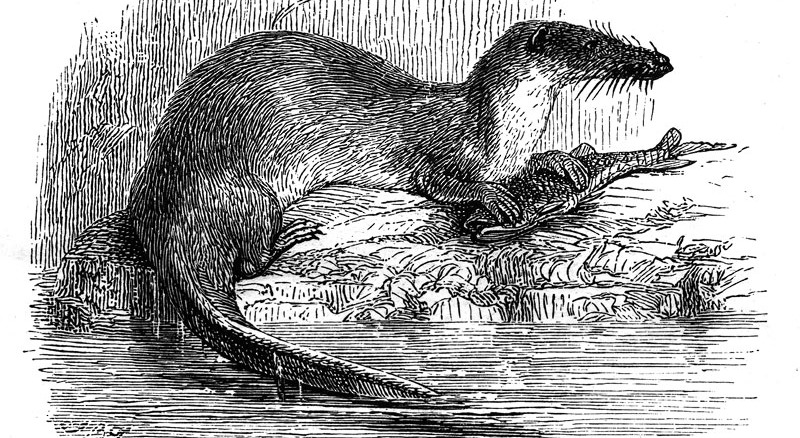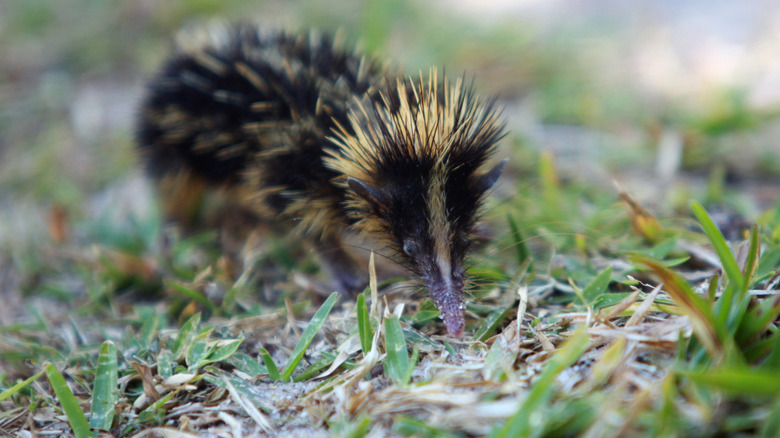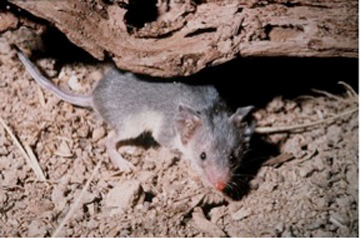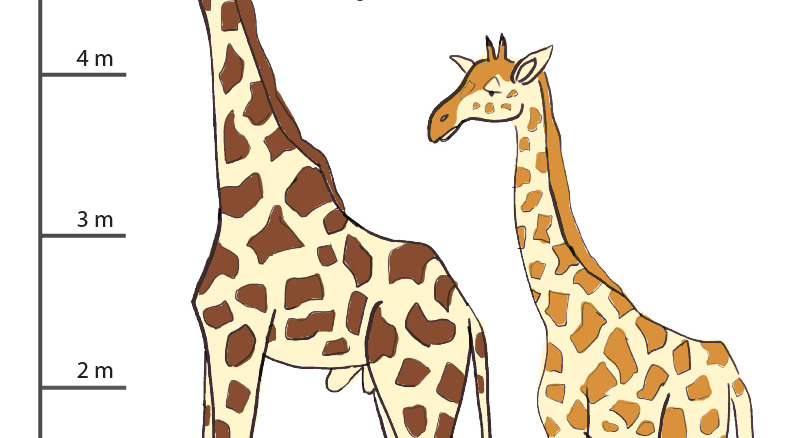Meet the maned wolf:
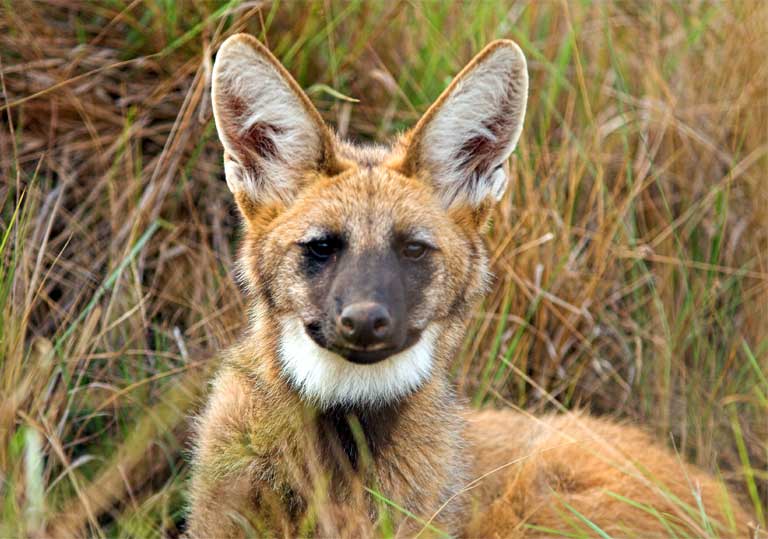
The maned wolf is a canid (dog relative) species that lives in the Cerrado, the vast savanna of Brazil. More than 90% of maned wolves live in Brazil. Maned wolves are also found in the pampas of Peru, and the scrublands of Paraguay and northern Argentina.

It is not a true wolf
The maned wolf is maned. It has a mane of black fur on its reddish-orange body. However, the maned wolf is not a wolf. Nor is it a fox. It is actually more closely related to other canid species in South America, like the bush dog.
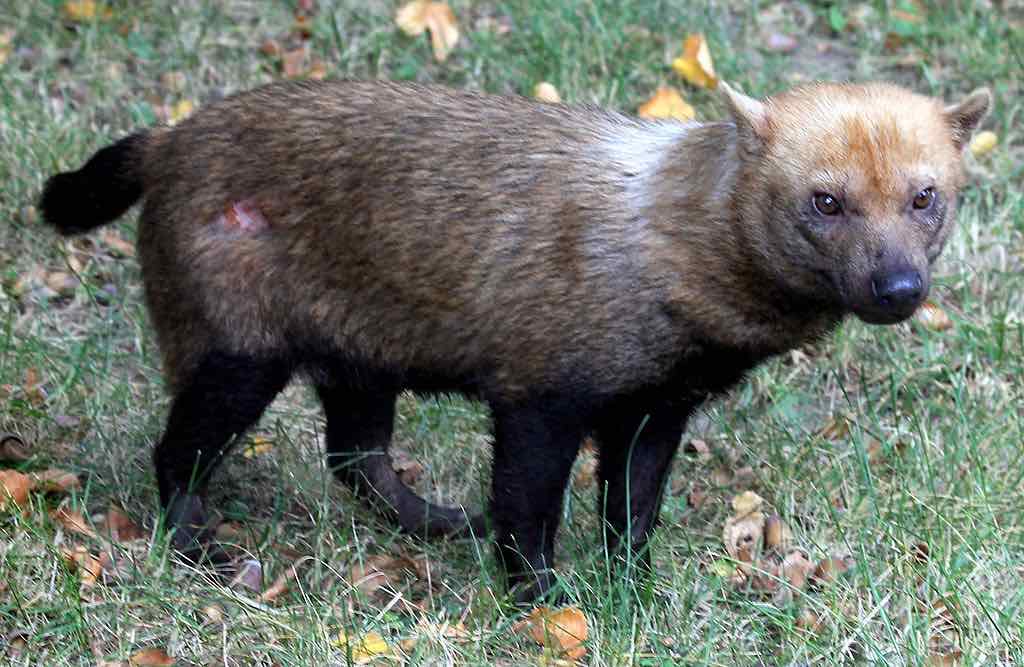
The indigenous people who lived with the maned wolf in South America prior to colonization lived peaceably with the species. When European colonists settled the Cerrado, they mistakenly thought that the maned wolf was like the wolves of Europe. They feared it would eat their livestock (farm animals).
That mistaken idea that maned wolves are dangerous to livestock remains to the present day.
Dr. Adriana Consorte-McCrea studies how people perceive the maned wolf in Brazil. She found that although most people she questioned viewed the maned wolf in a good way, they also held a strong belief that its favorite food is chicken.
“Vast studies of maned wolf feeding ecology show that traces of chicken are found in less than one percent of wolf feces,” Dr. Consorte-McCrea says. In fact, rather than being livestock predators, the animals have an important part to play in farm pest control. The average maned wolf consumes up to 65 rodents for every chicken it eats. “I would be thanking them, if I were a farmer!” she exclaimed.
Maned wolves are omnivores, meaning that they eat both animals and plants. Maned wolves eat a lot of plants. Sometimes fruit is the main part of a maned wolf’s diet. And one of the fruits the maned wolf eats is called the wolf apple.

Another way that maned wolves differ from actual wolves is in their family life. The maned wolf is a solitary wanderer. It never travels in packs as do the actual wolves of North America and Eurasia.
Maned wolves also do not howl like actual wolves. The maned wolf has a vocalization known as a “roar-bark”. “I first heard it in the distance, [and it was] unlike anything I heard before coming from a canid,” says Dr. Consorte-McCrea. “It sounds a bit like a large dog coughing, with a very steady, spaced rhythm.”

The maned wolf is the tallest canid species. It has evolved extremely long legs which help to lift its head above the tall grasses of its savanna habitat in the Cerrado.
Like many other species, the survival of the maned wolf depends on the protection of its habitat. Another conservation challenge for the maned wolf is the misconception that the maned wolf is eating lots of farm animals. Scientists like Dr. Consorte-McCrea are helping people get to know the real maned wolf and teaching why we should help save them instead of fear them. And anybody who likes maned wolves can do this also.
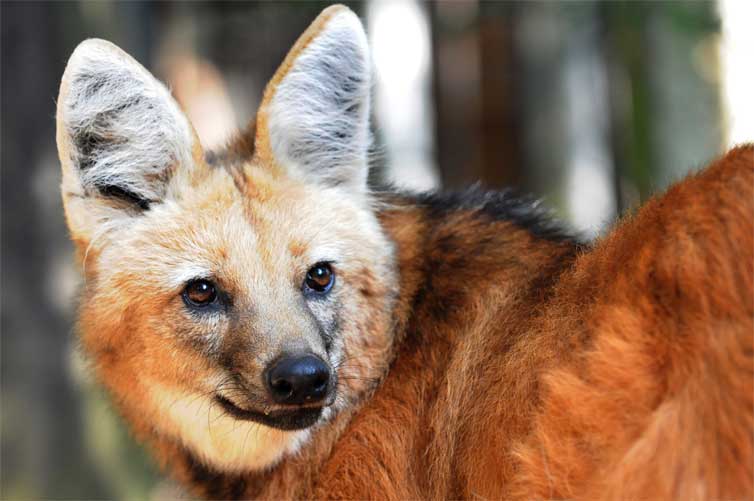
This story was adapted from an article by Sean Mowbray, published on Mongabay.com:
Educators
These questions can help provide a framework for exploring topics presented in this story.
- What is the maned wolf?
- Where does the maned wolf live?
- Why is the maned wolf unusual?
- How does the maned wolf (Chrysocyon brachyurus) differ from the true wolves (Canis lupus) of North America and Eurasia
- Why is the maned wolf misunderstood?
- What are some ways that conservationists can help protect the maned wolf?


